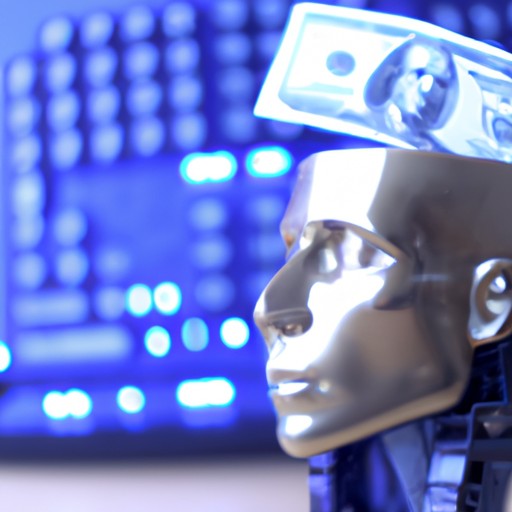
The world of personal finance and investing has seen a major shift in recent years. Advances in technology, specifically artificial intelligence (AI), have allowed investors to automate many of their tasks, giving them more control over their financial decisions. This is changing the landscape of personal finance and investing as we know it, making it easier than ever to manage our finances and investments. From automated portfolio rebalancing and tax loss harvesting to AI-driven strategies, autonomous investing, and automated real-time trading, AI is revolutionizing the personal finance and investing world. In this article, we’ll explore how AI is changing the personal finance and investing landscape. We’ll look at how it can help.
1. Automated Portfolio Rebalancing
AI-driven portfolio rebalancing helps to ensure that an investor’s investments stay in line with their chosen risk profile. This is done by adjusting the weights of assets such as stocks, bonds and cash when conditions change or the investors’ goals do. AI-driven investing also makes it easier to spot trends and create a portfolio that is tailored to the investor’s risk profile. AI can also be used to identify suitable investments, analyse data faster than ever before and actively manage portfolios.
2. Automated Tax Loss Harvesting
Tax loss harvesting helps investors reduce their taxes by selling assets that have suffered a capital loss and then replacing them with similar ones. AI-driven tax loss harvesting automates the process, helping to minimize the time needed to make these decisions. Automation also reduces the likelihood of mistakes while allowing investors to benefit from tax incentives.
3. Automated Asset Allocation
Asset allocation is a key part of any investing strategy, and AI-driven asset allocation helps investors make the most of their money by optimizing their investments according to risk preferences. AI-driven asset allocation technology can take the guesswork out of investing by identifying patterns in a portfolio and making decisions based on that data.